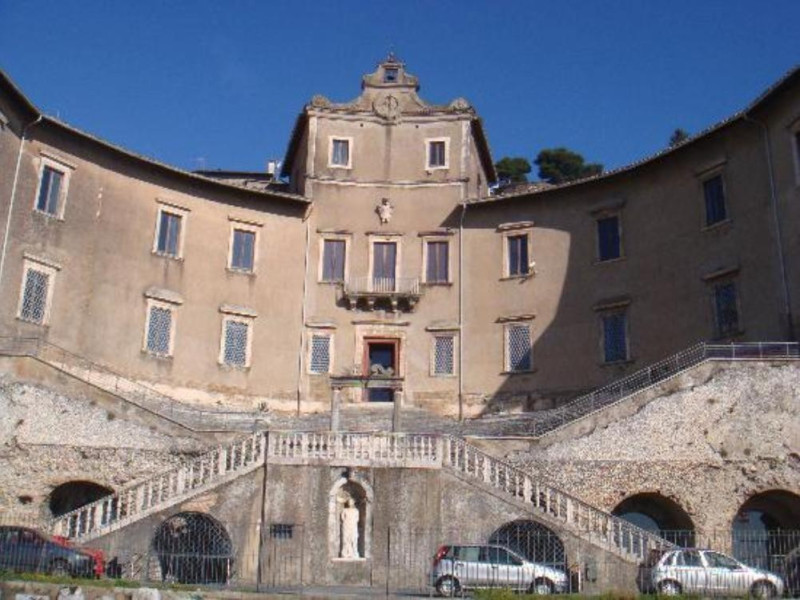Luogo - Archaeological Area
Museo Archeologico Nazionale di Palestrina e Santuario della Fortuna Primigenia
Where
Piazza della Cortina, 1, Palestrina (Roma)
The National Archaeological Museum of Palestrina is located inside Palazzo Barberini, a Renaissance palace erected on the summit of the ancient Sanctuary of Fortuna Primigenia. It houses the most important findings from ancient Praeneste and the surrounding area. The objects are arranged according to broad themes that touch upon the main historical, cultural and artistic aspects of one of the most important and prosperous cities of ancient Lazio.
On display in the halls on the first floor are works related to the worship of the goddess Fortuna, Roman copies of Greek masterpieces, honorary statues, and portraits and bas-reliefs from the Republican and Imperial age. The second floor is devoted to necropolises and sanctuaries, with precious bronze objects and votive items in terracotta; there are also some mosaics illustrating the rich decoration adorning the homes of ancient Praeneste. On the third floor, a single hall houses the famous polychrome mosaic with the flooding of the Nile, one of the largest and most important Hellenistic mosaics still preserved.
Finally, in the archaeological area opposite the Museum it is possible to visit the remains of the Sanctuary of Fortuna Primigenia, a magnificent complex that represent the finest example of Hellenistic architecture in Italy.
On display in the halls on the first floor are works related to the worship of the goddess Fortuna, Roman copies of Greek masterpieces, honorary statues, and portraits and bas-reliefs from the Republican and Imperial age. The second floor is devoted to necropolises and sanctuaries, with precious bronze objects and votive items in terracotta; there are also some mosaics illustrating the rich decoration adorning the homes of ancient Praeneste. On the third floor, a single hall houses the famous polychrome mosaic with the flooding of the Nile, one of the largest and most important Hellenistic mosaics still preserved.
Finally, in the archaeological area opposite the Museum it is possible to visit the remains of the Sanctuary of Fortuna Primigenia, a magnificent complex that represent the finest example of Hellenistic architecture in Italy.

